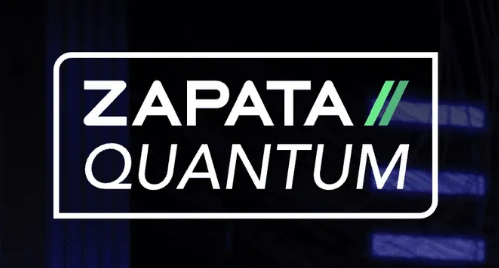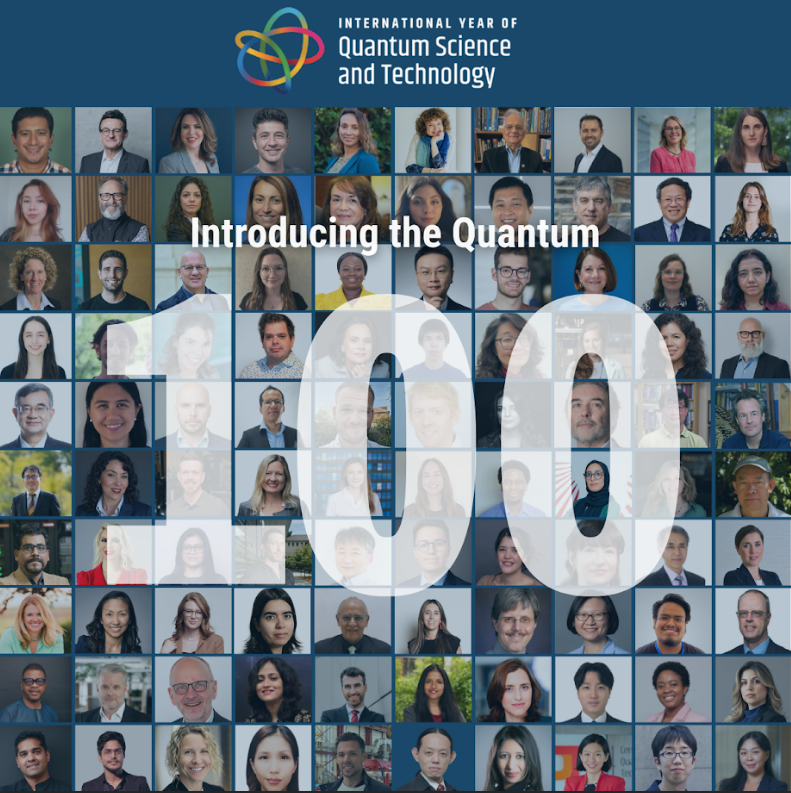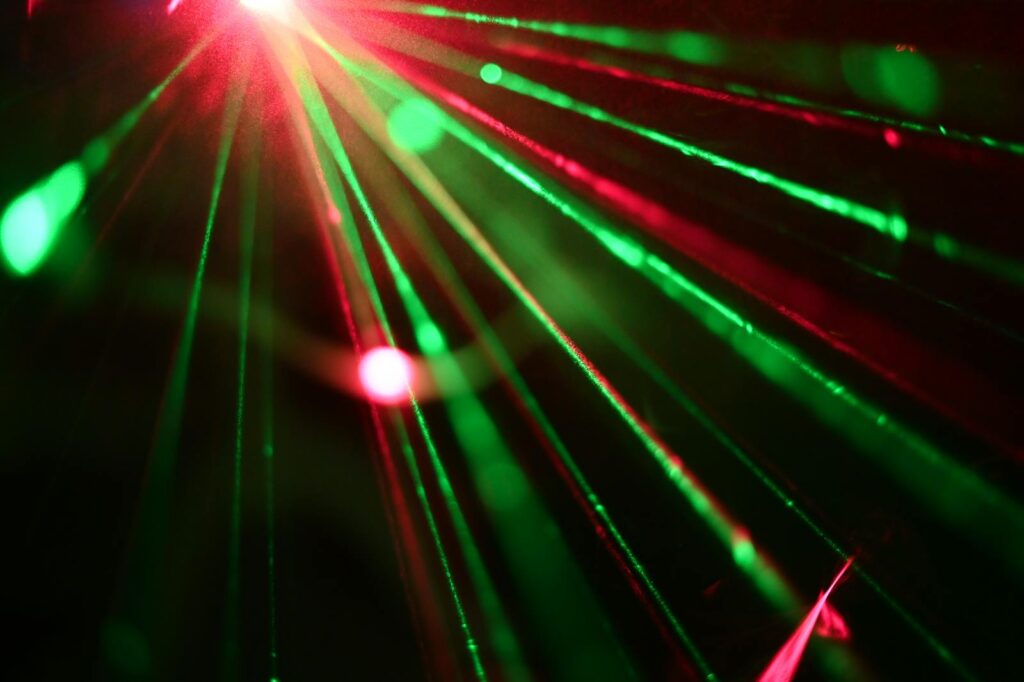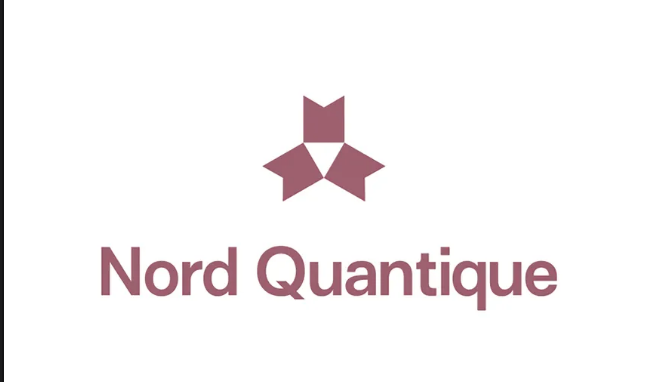Insider Brief
- A study found that quantum reservoir computing (QRC) can improve molecular property prediction accuracy when training data is limited.
- Using simulated neutral-atom arrays, QRC-generated features outperformed or matched classical machine learning methods on small datasets from the Merck Molecular Activity Challenge.
- The approach showed clearer data clustering in low-dimensional projections and maintained performance advantages at small sample sizes, but offered no benefit over classical methods with larger datasets.
A group of researchers has found that a lesser-known branch of quantum machine learning could help drug developers get more reliable predictions from small, hard-to-collect datasets. This lack of data is a situation that frustrates scientists in everything from rare-disease research to early-stage pharmaceutical development.
Published in the Journal of Chemical Information and Modeling, the work explored “quantum reservoir computing” (QRC), a hybrid approach that uses a quantum system to transform data before it’s fed into a classical machine learning model. The research team, which included members from Deloitte Consulting LLP, QuEra Computing Inc., Amgen, the Technical University of Darmstadt and Merck Healthcare KGaA, found that QRC embeddings often matched or outperformed standard algorithms when training examples were scarce, a condition where traditional models can falter.
As the emerging quantum industry seeks to prove its value today, the results hint at a potential niche for quantum computing that doesn’t depend on beating classical systems on speed or scale, but on offering stability and pattern recognition advantages in data-limited scenarios.

Why Small Data Is a Big Problem
In drug discovery, scientists often try to predict whether a candidate molecule will bind to a target protein or show activity against a disease. Machine learning can help, but it thrives on abundant, clean data. In practice, datasets can often be small, noisy, and expensive to collect.
The study focused on the Merck Molecular Activity Challenge, a well-known dataset that links molecular descriptors — essentially numerical fingerprints of molecules — to measured biological activities. The team zeroed in on the smallest sets, with as few as 100 records. Normally, in these conditions, even high-performing classical models like random forests can struggle to generalize, producing unstable predictions.
However, the team investigated whether QRC could overcome some of those problems. QRC is a twist on both machine learning and quantum computing. Instead of training a quantum circuit to solve a problem — which can run into “barren plateau” issues where optimization grinds to a halt — QRC uses the natural dynamics of a quantum system as a feature generator of sorts.
As an analogy: Imagine adding molecular data into a turbulent, high-dimensional “quantum pond” and watching the ripples spread. These ripples — patterns in the quantum state as it evolves — are then measured and turned into a new set of features. A classical algorithm, like a random forest, does the final prediction work.
Because the quantum stage isn’t trained or tuned, it sidesteps many of the difficulties of variational quantum algorithms. It also offloads the number-crunching to the classical side, which is mature and efficient.
In this study, the “pond” was a simulated neutral-atom array, which is a platform where individual atoms are trapped and manipulated with lasers. This technology, already used in experimental quantum computing, can naturally host the kind of entangled dynamics that QRC needs, and is the basis for QuEra Computing’s large-scale quantum computer.
The Experiments
The researchers started by using SHAP (Shapley Additive Explanations), a feature-importance method from game theory, to pick the 18 most relevant molecular descriptors in each dataset. They ran two parallel workflows:
- Classical — Feed the descriptors directly into various machine learning models.
- QRC-enhanced — Encode the descriptors into the parameters of the simulated neutral-atom system, let it evolve according to quantum rules, measure simple local properties, and use those as new features for the classical models.
They compared results across different training sizes — 100, 200, and 800 records — and repeated the tests on multiple random subsamples to measure robustness.
QRC Models Edge Out Classical Approaches
At the smallest training sizes, the QRC-enhanced models consistently edged out purely classical approaches, sometimes by enough to be meaningful in practical settings. As the dataset size grew to 800 records, the advantage disappeared, with classical and QRC methods performing similarly.
Using a technique called UMAP to project the data into two dimensions, the QRC features appeared to form clearer clusters separating active and inactive molecules than the original descriptors did. This suggests the quantum embedding was restructuring the data in a way that made the classification task easier.
The researchers also tested a “classical reservoir” version of the algorithm — a mathematical spin system without quantum entanglement — and found that QRC often outperformed it, hinting that quantum correlations were contributing to the boost.
Because this was a simulation, the team could dial in realistic hardware imperfections. They found that QRC was fairly tolerant to many noise sources, but sensitive to “sampling noise”, which is the statistical uncertainty from making a finite number of measurements on the quantum system. The researchers were encouraged that the number of measurements needed to get good results was within the reach of today’s neutral-atom hardware.
Why This Matters for Quantum Computing
Much of the hype around quantum machine learning focuses on beating classical systems outright. But real-world quantum advantage may first show up in narrower niches — like the one in this study — where the quantum step helps the model remain stable and useful when data is scarce.
For pharmaceutical companies, that could mean better early-stage predictions without the need to run prohibitively expensive lab experiments to bulk up a dataset. And while the current work was limited to anonymized molecular descriptors, the same approach could be tested on richer datasets covering drug absorption, toxicity, or other key properties.
The authors stress that the performance gains, while consistent, were often close to the uncertainty margins from subsampling. They also note that the extra QRC step adds computational overhead compared to a straight classical workflow. That is acceptable in slow-moving research contexts, but something to watch if integrated into time-sensitive pipelines.
Future work will likely test QRC on real quantum hardware, not just simulations, and on larger, more complex datasets. The team also suggests experimenting with different feature selection methods and hybridizing QRC with other statistical learning tools.
This study plays into a broader theme emerging in quantum computing: the search for “good-enough advantage” use cases. Instead of aiming for a clear, universal win over classical systems, researchers are finding domains where quantum methods offer an edge under specific constraints — small data, complex correlations, or unusual feature spaces..


















